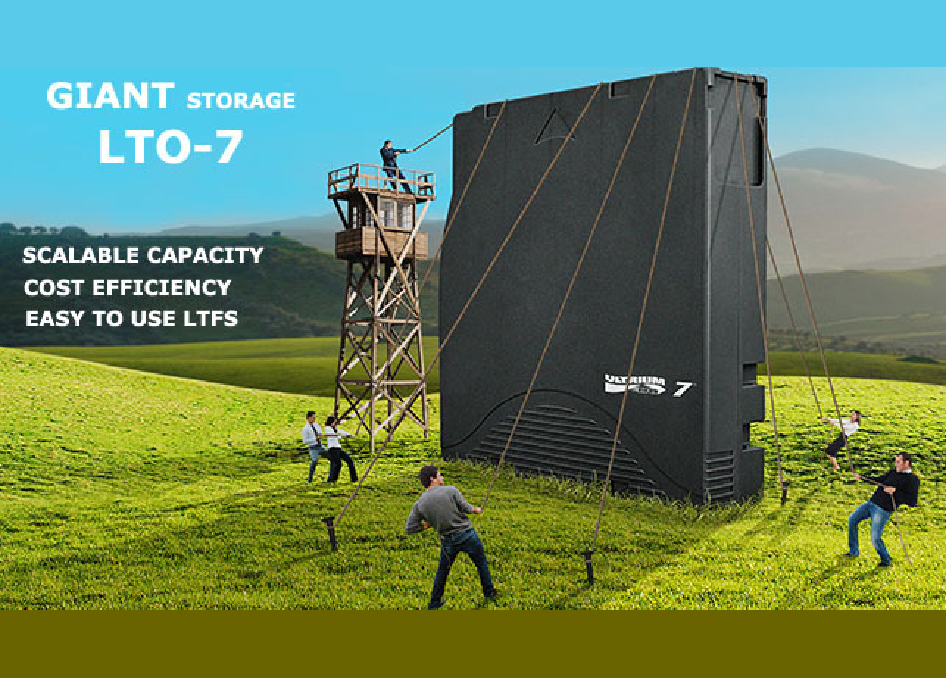

Once you’ve decided to create an LTO/LTFS archive, there are some things you need to consider in order to be successful with it. It’s not the same as copying files onto hard disk and sticking it in a storage closet. The mechanics are different, so there are a few more steps, and there are rules associated with LTFS that require some forethought.
One thing to know is that LTO tapes are raw media that do not come formatted, so you have to format them before you can use them. You can format using terminal commands – a cumbersome process that few would undertake – or, when formatting for LTFS, you can do it using LTFS software. After that, any hardware that has LTFS software installed will be able to read the LTO tape. One of the defining characteristics of LTFS is that in the process of formatting, it partitions the tape so that one section stores the actual content and the other section stores an index of metadata. The index allows the tape to be self-describing, which improves archive management. It also helps ensure organizations are compliant with broadcast networks that require indexed tapes.
Another consideration is whether to format the drive in compressed mode, and the short answer is “no.” Operating in compressed mode is useful in the IT industry when backing up things like documents and text files. But in the media industry, where nearly all video files are already compressed into a format that saves space, there’s little to be gained by formatting a tape in compressed mode. In fact, it can slow down the writing and retrieval processes considerably.
Besides formatting considerations, there are rules related to LTFS that affect how you handle your archives. LTFS has its roots in the IT world, where most servers are running UNIX operating systems. In UNIX – and therefore in LTFS – certain characters, such as ampersands and backslashes, are reserved for formatting purposes and are off-limits in folder and file names. For those of us in the video world, who are used to using just about any character we want, those restrictions can cause trouble when setting up an LTFS file structure. That’s why it’s important to know those “illegal” characters and be diligent when naming files. If you use illegal characters, then the archive retrieval process could crash later.
A related issue, and a common stumbling point for most people, is trying to back up files that contain links or references to media that are not part of the backup. Such files can cause restoration to fail because the application is trying to find a file that doesn’t exist. The same thing can happen with files that contain absolute paths, which trace back to a specific point on a hard disk but lead nowhere on a tape.
For more LTO tips and tricks read part two of LTO Best Practices. #archivesecurely
2 Trackbacks